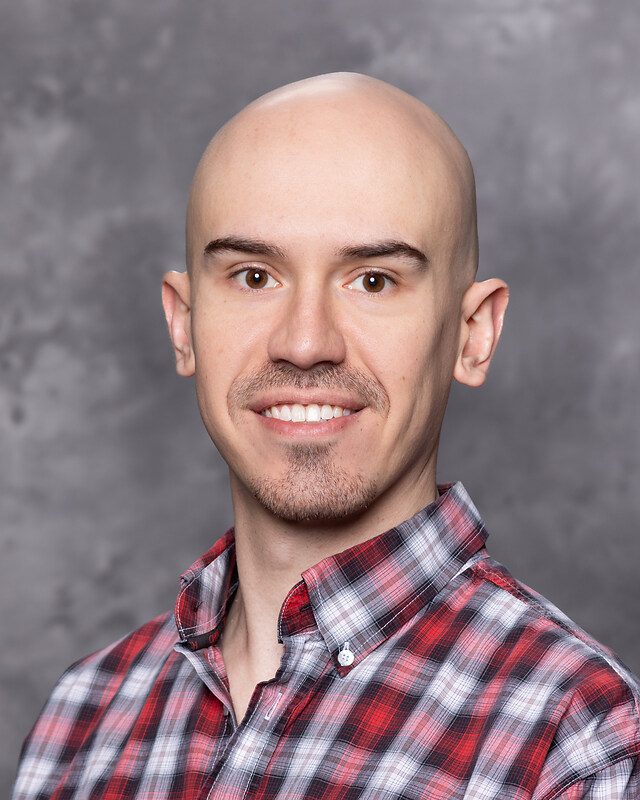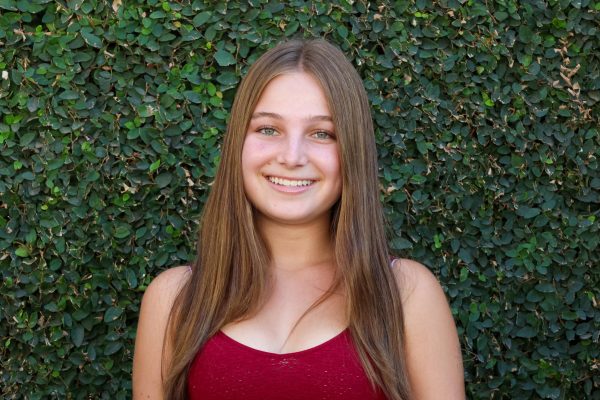When the school released its new plans for improving student mental health last August, I felt a surge of hope. After a series of tragic events in our community and minimal support for students, it seemed like the school was taking real steps to address the tremendous academic and social pressures students faced every day. The plan promised more counselor support, a bolstered Upper School Learning Center, counselor assignments , a new mental health alliance and a sophomore advisory program with the hope of creating a community that was better equipped to support students. But as the year progressed, my initial optimism gave way to something unexpected: dissatisfaction; the plan had too many initiatives that overwhelmed the student population, as none of them were consistent or productive enough to improve students’ lives.
It’s no secret that the school is a challenging environment, designed to push us toward excellence. Students’ days are packed with tests, projects, homework and extracurricular activities , leaving little time to focus on mental health.
These initiatives fall short because they focus on crisis intervention rather than prevention. 21% of students said they would not seek help from a mental health professional if they were having a personal problem that was “really” bothering them according to the National College Health Assessment’s 2022 Survey Report. Students avoid getting help due to a pervasive stigma, believing their problems aren’t “serious enough” to warrant attention. This mindset often leads them to wait until their mental health deteriorates significantly before reaching out. Current initiatives are helpful as a baseline for mental health support, but create environments where students still must schedule a meeting or speak in front of an entire class in advisory to get help.
Rather than feeling supported by the school’s new plan, students have found themselves bombarded with well-intentioned but often excessive measures that have done more to add to their stress than alleviate it. Sophomores who already have to handle readjusting to the upper school find themselves losing time during their busy schedules to have mandatory advisories that fail to foster community.These advisories often feel disconnected from students’ actual needs, with little opportunity for meaningful interaction or genuine bonding.The large variety of new programs seems to provide many ways of getting help, yet accessing these resources is difficult.
86% of students said they did or would not have found Sophomore Advisory helpful according to a Chronicle poll . During the scheduled 45 minute conference time, sophomores gather in groups of around 20 students to do ice breaker activities and open sessions. As I sat in my advisory once a cycle, we would often sit in silence during open sessions — an activity peer support also does, though it is rarely silent. Ironically, the administration’s attempt to alleviate the anxieties of overwhelmed students through advisory actually created more stress by taking away valuable homework time.
Having to schedule a meeting with a counselor or discuss one’s issues in front of sophomore advisory could further discourage a student who is reluctant to get help in the first place. These initiatives feel forced, spreading resources thinly and making schedules tighter than ever. Instead, administration should refocus the initiatives to be preventative and one-on-one, such as counselors reaching out to students, check-ins during classes and more student input. Additionally, when attending sophomore advisory, students miss out on chances to go to clubs and meet with teachers. These missed opportunities are inherently counterproductive to improving mental health because clubs foster essential social interaction, and meeting with teachers helps students build supportive relationships with adult mentors on campus. One-on-one support should be prioritized in order to form relationships with adults on campus that can be supportive.
In order to give students the individual support and attention they need, the school should create mandatory counselor check-ins that happen once a month. While optional counseling is a step forward, students, particularly those dealing with significant stress, often don’t feel comfortable seeking help on their own . Regular, short, required check-ins could help identify strugglesearly on and provide a much-needed safety net before stress spirals into something more serious. These check-ins don’t need to be extensive, but should be regular enough to ensure
Moreover, students should be a part of decision-making when it comes to their own mental well-being. So far, they have not been given the opportunity to create concrete mental health support initiatives, but are allowed to create more fun activities during the school day, such as music on the quad, goats on campus and food trucks. Last year, students worked with administrators to found the Mental Health Alliance, but failed to ask for the student body’s input when making decisions. The group gave presentations to students about mental health and sent out mindfulness playlists, which, while good ideas, failed to create change in the school’s mental health culture. Students are aware of what mental health is and that there are counselors available, so the alliance should focus more on helping students have better access to help.
Too often, these initiatives feel top-down, driven by administrators rather than the students they are intended to serve. Inviting more student input into the development and implementation of these programs could lead to more effective solutions that genuinely resonate with the student body. Surveys and forums could be held to gather feedback on what is actually working for students, which would allow the administration to tailor its efforts accordingly.
When a prep school shifted from administration-led to student-led mental health initiatives, the students’ mental health strategy proved to be far more effective, according to a Routeledge case study published in the International Journal of Personal, Social, and Emotional Development. Unlike programs imposed by the administration, students bring a different perspective to what they need and how to implement it. Peer Support is a shining example of the power of student-led initiatives, allowing for deeper connections in a confidential space. Students can empathize with one another in ways that adults may not be able to.
The school’s rigorous academic environment leaves little room for downtime, which exacerbates stress. In a world where every minute is often scheduled, larger breaks between classes and open conference times could provide students with the opportunity to reset, reflect, and manage their mental health in real-time. These moments might seem minor, but they could make a major difference in students’ ability to cope with the daily pressures of school life.
Harvard-Westlake has high standards for academic and personally success, so it is important to ensure that students feel equipped to handle the pressures that come with it.






























